(1267 products available)
















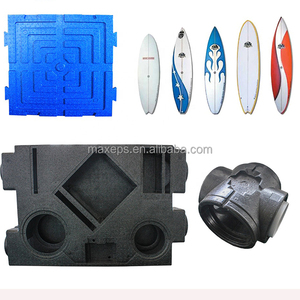
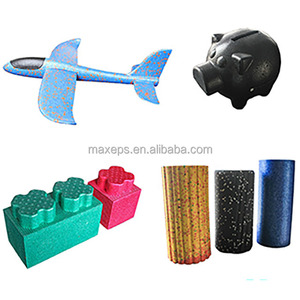

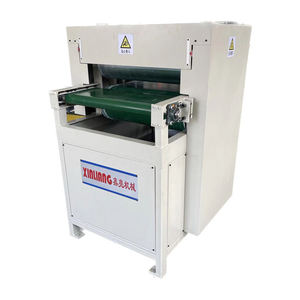


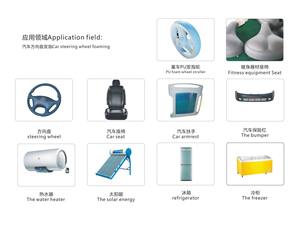







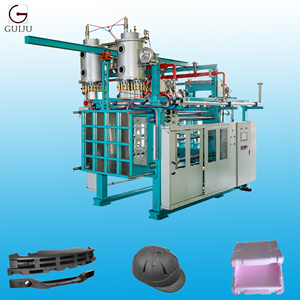
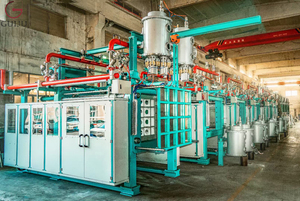
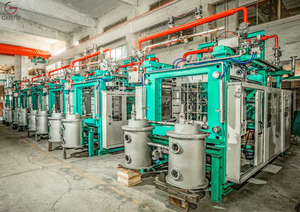
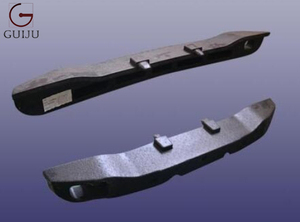

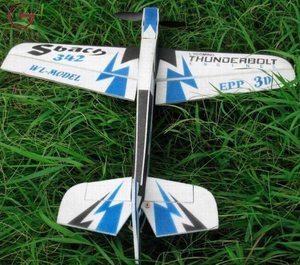














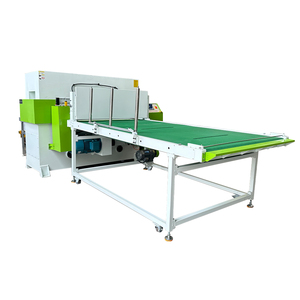








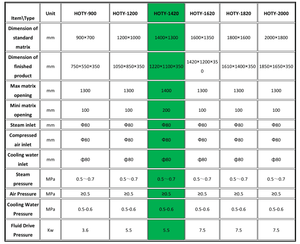









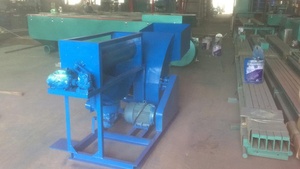




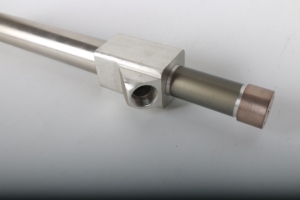
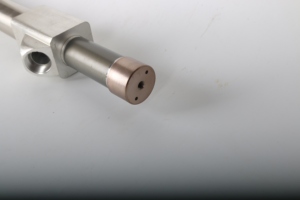



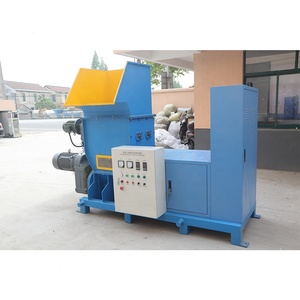




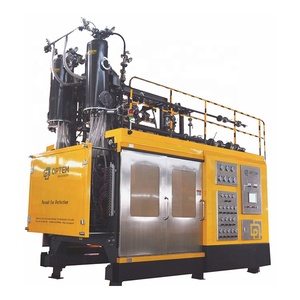
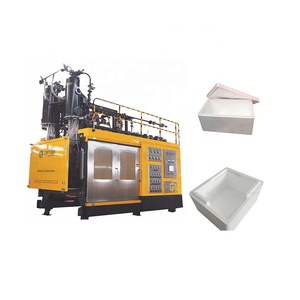



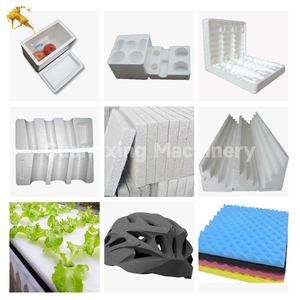


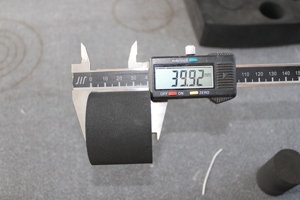












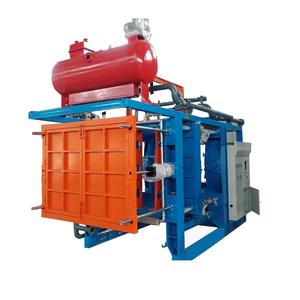










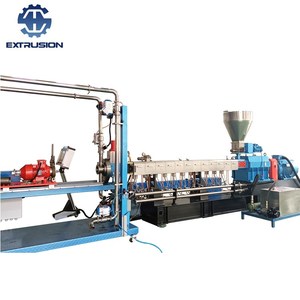



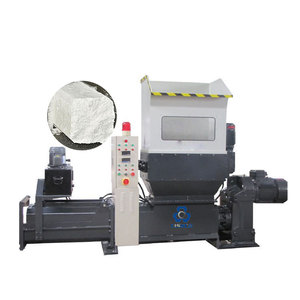
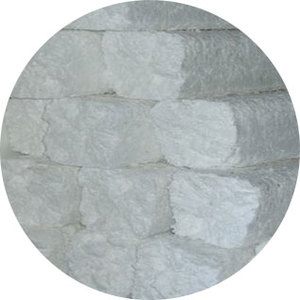




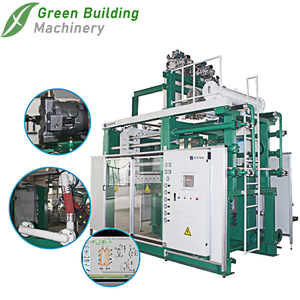
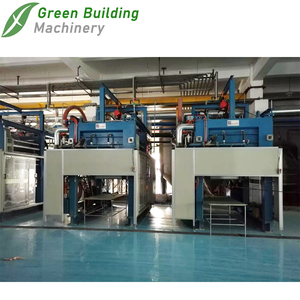









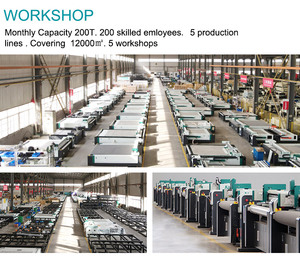








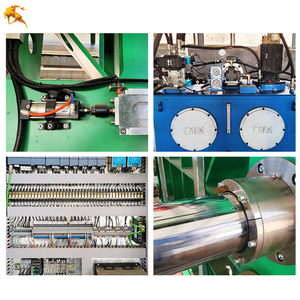
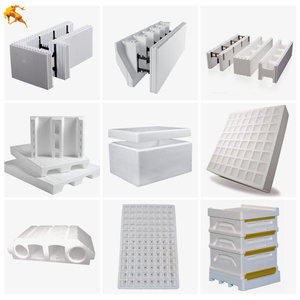


















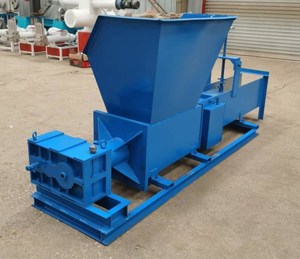








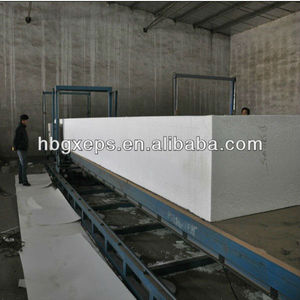


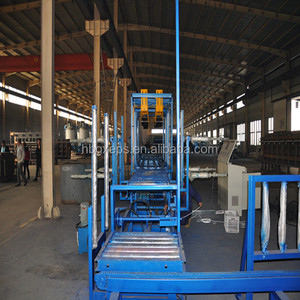





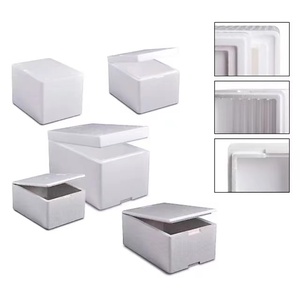







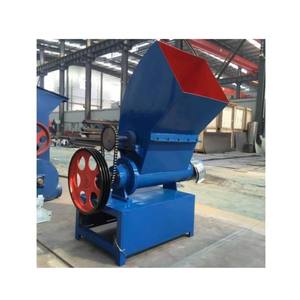
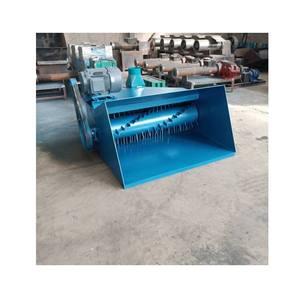



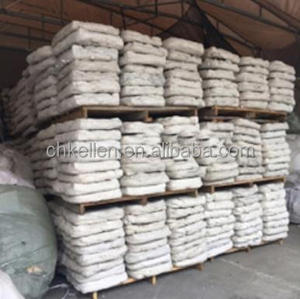
Expanded Polypropylene (EPP) foam is a noteworthy copolymer with excellent energy absorption, resilience, vibration dampening, low-temperature resistance, and high impact capacity. Manufacturing it requires specialized equipment, which is usually called an EPP foam machine or plant. Numerous types of EPP foam machines exist to meet diverse requirements in the industrial sector, including the following:
Automatic EPP Foam Manufacturing Machine:
The first chief type is the automatic production line, which completes the whole process from material feeding to final product cutting. It boasts a high degree of automation, which reduces manual intervention and consequently improves efficiency. Automatic machines are great for businesses with large production volumes.
Small EPP Foam Machine:
Meanwhile, there is a small production machine that manufacturers can use for individual or small-scale production. Such a machine is compact and occupies minimal space. It is also easy to use and operate. The small EPP foam machine is ideal for startups or businesses with limited space.
EPP Foam Molding Machine:
In the foaming process, an EPP foam molding machine plays a pivotal role. Such a machine expands the raw material into the desired shape through heat and steam. It comes with different molds to produce distinct shapes and sizes of EPP foam. The EPP foam molding machine is a necessity in the automotive, packaging, and insulation industries.
EPP Foam Cutting Machine:
Lastly, an EPP foam cutting machine allows precise cutting of the foamed material for uniformity and consistency. It employs laser technology or a hot wire to achieve intricate designs and shapes. The EPP foam cutting machine is commonly used in the architectural and packaging industries.
Specifications of EPP foam machines may vary depending on the models and brands. The following are some of the common specifications for reference.
The maintenance of EPP foam production equipment is very important. Regular maintenance can ensure the stable operation, product quality, and service life of the machine. Here are some critical maintenance methods and tips for EPP foam machines:
The usage scenarios of EPP foam machines cover various industries and applications, which are closely related to the production of lightweight, high-energy absorption EPP materials.
Automotive industry
Car EPP foam components are produced, such as cushioning materials, lightweight structural parts, etc.
Architectural insulation
Building EPP insulation panels are manufactured to improve energy efficiency and thermal insulation properties.
Packaging industry
PrEP Packaging EPP Foam packaging pads, protective boxes, and other products are produced to protect goods during transportation.
Sports equipment
Manufacturing EPP Foam Sporting goods, such as protective gear, helmets, etc., improve their safety and comfort.
Furniture industry
FurnITure EPP Foam components are manufactured, such as cushions, backs, etc., to improve the comfort and lightweight of furniture.
Electronics industry
Foam EPP protective cases and packaging materials, such as EPP protective cases, are produced to protect electronic products from damage.
Coolers and containers
Manufacturing EPP foam coolers and containers with lightweight, insulating, and impact-resistant characteristics.
Logistics and transportation
Producing logistics packaging materials and protective boxes to ensure the safety of goods during transportation.
Medical devices
Manufacturing medical device packaging and cushioning materials to protect the precision and fragility of equipment.
Aerospace
Producing lightweight EPP foam components for aircraft and spacecraft to reduce weight and improve insulation.
Household appliances
Manufacturing EPP foam components and packaging for household appliances to reduce noise and protect appliances.
Advertising and promotion
Producing EPP foam promotional items, such as letters, logos, etc., for advertising and brand promotion.
Construction industry
Manufacturing EPP foam insulation panels and lightweight partitions for construction projects.
Some important factors that business buyers should consider when choosing the EPP foam machine are outlining as follows:
Production capacity
Business buyers must determine the business requirements by considering factors like the product type, size, and quantity. They should choose an EPP foam block machine with a production capacity that aligns with their needs to ensure efficient and sufficient production.
Foam density and properties
Business buyers should choose machines that can produce EPP with specific densities and properties to meet the demands of their end users. Different applications require foam with distinct characteristics.
Automation and control systems
First, buyers should consider the level of automation needed for their production process. They should choose the EPP foam machine with appropriate control systems and automation features to ensure smooth and efficient operation.
Maintenance and support
Buyers need to evaluate the maintenance requirements of the chosen machine as well as the availability of technical support. They should select a reputable manufacturer that offers ongoing support and maintenance services to ensure the longevity and optimal performance of the machine.
Energy efficiency
It is important for buyers to consider the energy efficiency of the machine to minimize operating costs and environmental impact. They should choose an EPP foam machine that utilizes energy-saving technologies and efficient processes.
Q1: Which raw material can the EPP foam machine utilize to produce EPP foam products?
A1: The EPP pellet expanding agent is the primary raw material for the EPP foam machine. Some machines can use other plastics, such as polypropylene, or adapt to different types of EPP expanding agents with specific modifications.
Q2: Does the EPP foam machine provide automatic production?
A2: Some EPP foam machines provide automatic production; others are partly automatic. In fully automatic machines, operators can program and monitor the machine's parameters. The foam cutting machines are automatic, and the conveying speed can be adjusted to cut the foam at preset intervals. In partly automatic machines, operators must manually feed the material into the machine.
Q3: Can EPP foam machines produce customized products?
A3: Yes. EPP foam machines can manufacture customized products if there is a design requirement. With the development of technology, more and more machines have a foam cutting part that can produce different shapes and sizes of foam products.
Q4: Which type of EPP foam machine is used for packaging?
A4: The automatic EPP foam packaging production line is suitable for producing packaging. Some machines can produce specific packaging types, such as EPP foam box machines and custom packaging inserts.